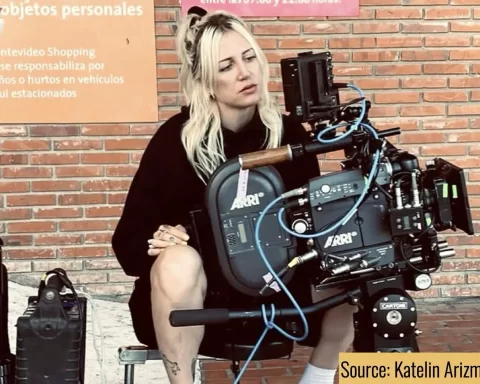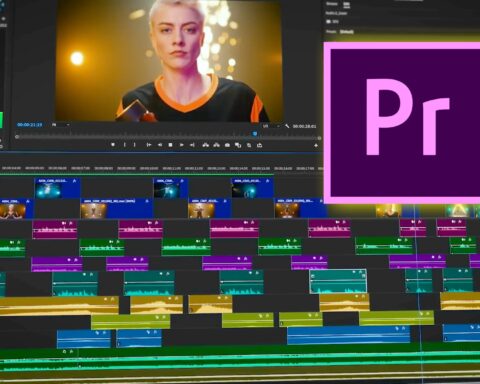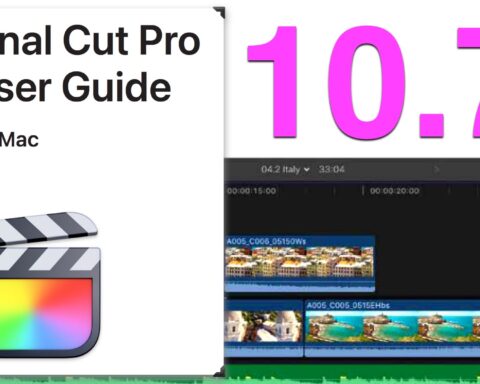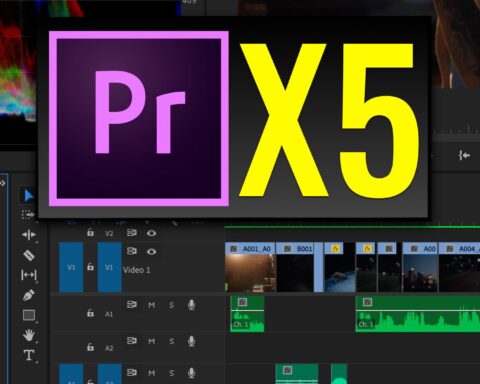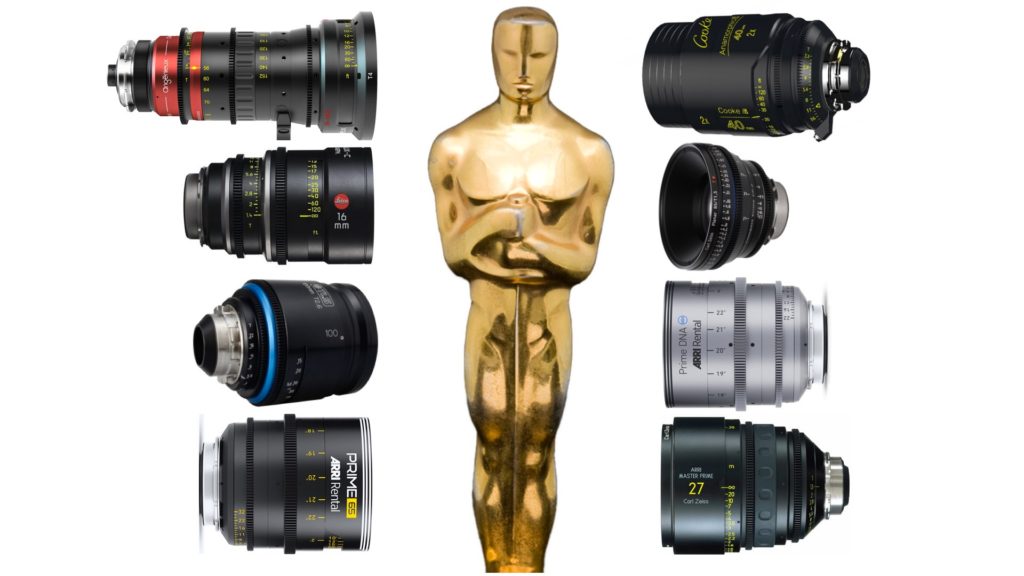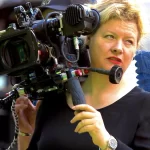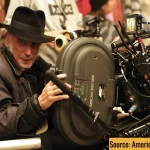It has been a stormy February. The Academy Awards (aka Oscar) has started a tsunami with the controversial decision not to broadcast Best Cinematography, Best Editing, Best Make-Up, and Best Live Action Short awards during the show. The ASC and ACE fought back for five days until the decision was reversed. Read below the chain of events, and what does it mean for us, filmmakers.
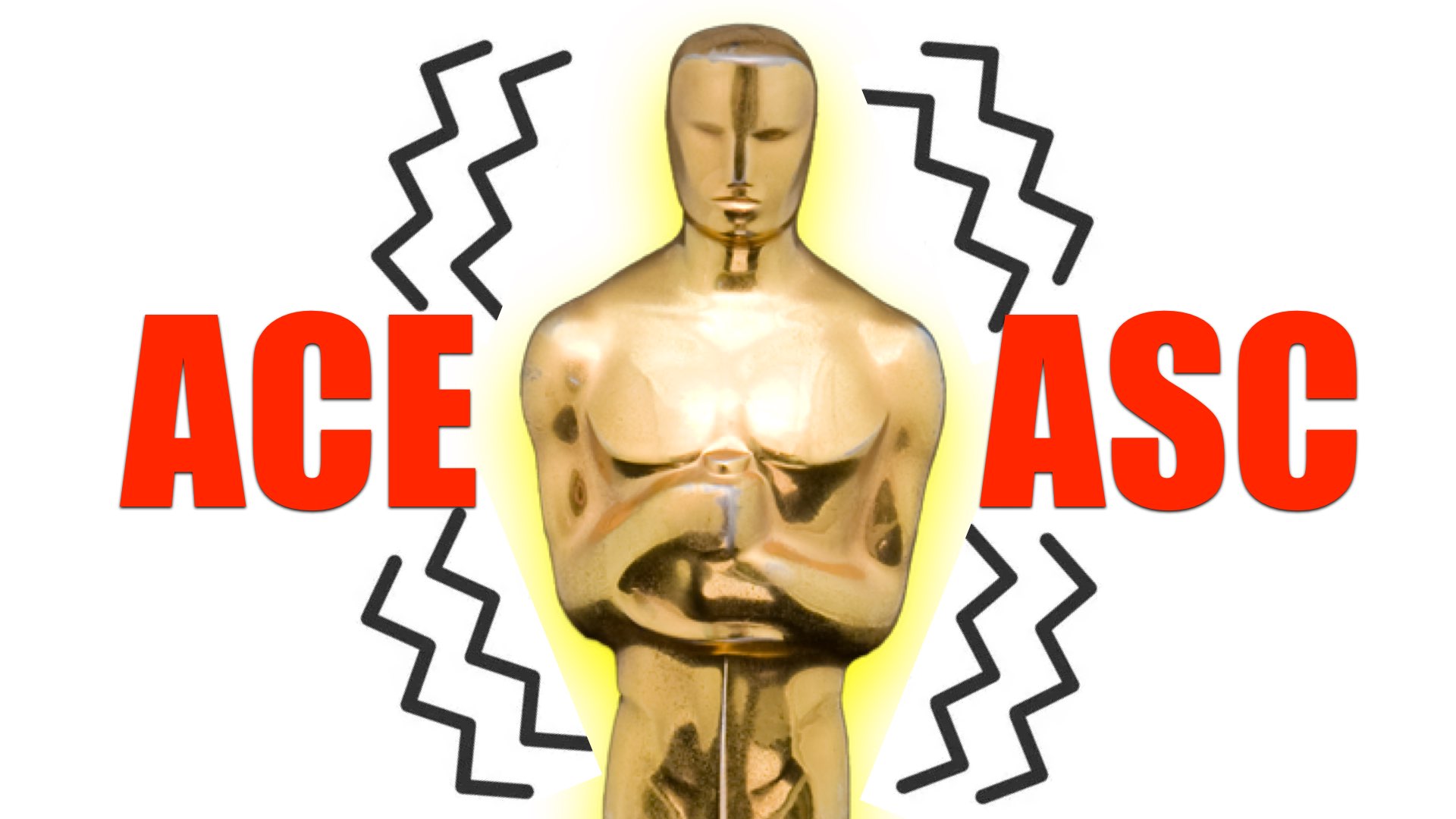
The declaration: February 11
It all started on February 11, when Academy president John Bailey declared that the Academy will not broadcast 4 of the 24 awards. As stated in Bailey’s letter: ”As you may remember, last summer the Academy’s Board of Governors committed to airing a three-hour show. I want to reiterate, however, that all 24 Academy Award-winning presentations will be included in the broadcast. We believe we have come up with a great way to do this, and keep the show to three hours. While still honoring the achievements of all 24 awards on the Oscars, four categories—Cinematography, Film Editing, Live Action Short, and Makeup and Hairstyling – will be presented during commercial breaks, with their winning speeches aired later in the broadcast.”
Cinematography, Film Editing, Live Action Short, and Makeup and Hairstyling – will be presented during commercial breaks
John Bailey
A bomb was thrown. Although there is some logic to shorten the ceremony (it’s obviously too long), as well as to compensate for the significant rating reduction (see graph below), this decision was impaired. We all know that the cinematographers and the editors are leading this industry. They are the main fuel that drives filmmaking forward. They stand as an integral part of the whole filmmaking process. Furthermore, there are numerous ways to make the ceremony shorter, so why eliminate the broadcast of the most important awards?
The pressure to bring Oscar’s audience back is well understood. Since 2015 the Oscar suffered from rating reduction. In 2018 there were only 26.5 million viewers compared to more than 43.7 million viewers in 2014 (according to Wikipedia), which means a linear and significant decrease in viewers. That data might be one of the considerations to make the show less tedious. However, eliminating the most important award (cinematography and editing) is not the way o go here.
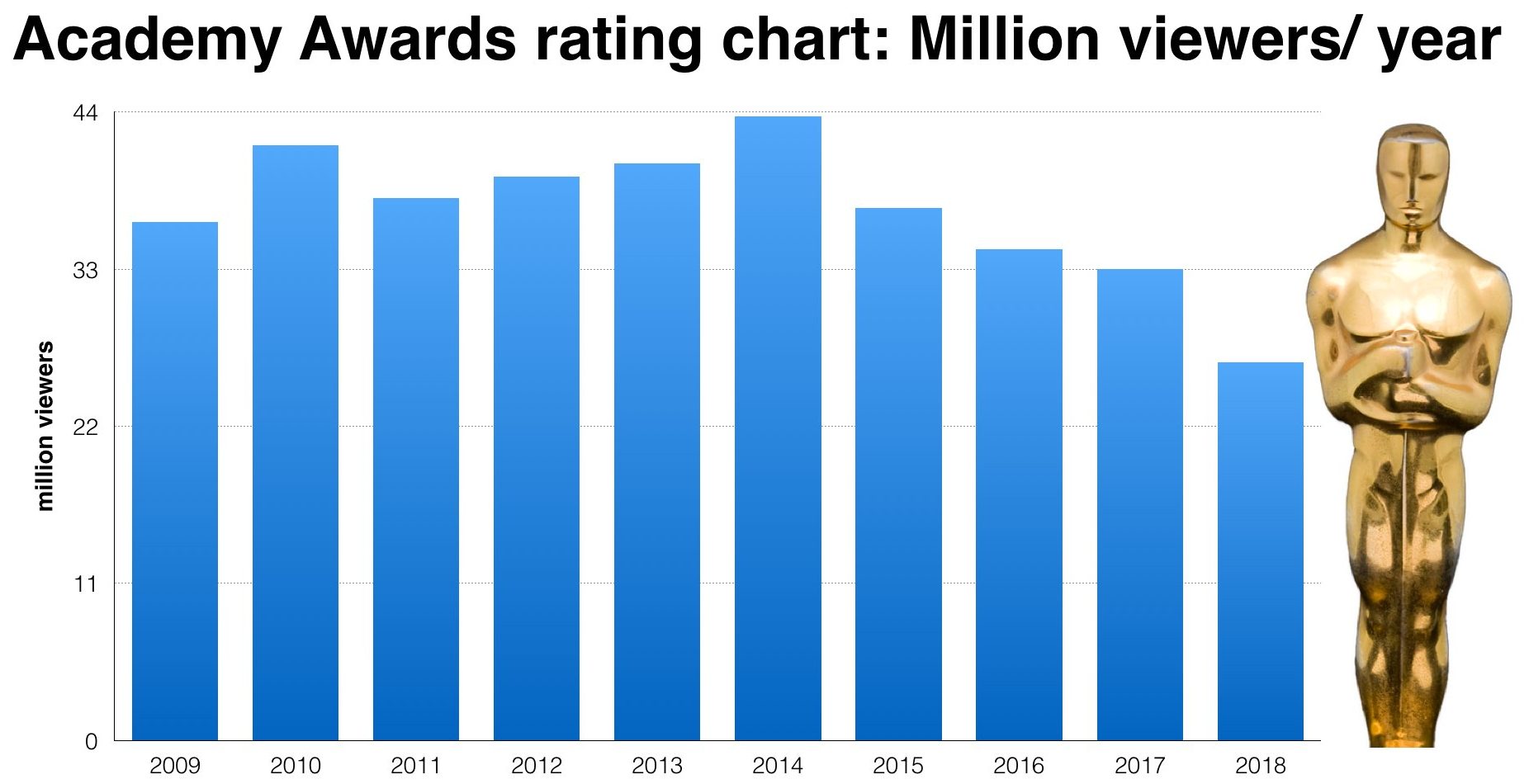
Since 2015 the Oscar suffers from rating reduction. In 2018 there were only 26.5 million viewers compared to more than 43.7 million viewers in 2014 , which means a linear and significant decrease in viewers.
The denouncement: February 12
The American Society of Cinematographers (ASC) was one of the first organizations to attack this decision, and many respected cinematographers expressed their dissatisfaction. It was ironic since the Academy president John Bailey itself is a member of the ASC.
The petition
A petition against the decision was initiated in the goal of reaching 15,000 supporters. As being stated by the petition: ”We strongly petition the Academy to find something else to broadcast during the commercial breaks. Although we hate to miss out on any of the show – the “in memoriam” segment, the montage(s), the clips highlight the sci-tech awards or the fodder among celebrities are not the quintessential elements of filmmaking – whereas bestowing the honors of cinematography and editing are. Before and during the broadcast, make-up artists will be hard at work prepping those who are going in front of the camera. For those who have directed short films, the process of making a smaller movie are the stepping stones to making movies….We demand that ABC and The Academy find another way to shorten the broadcast.”
We strongly petition the Academy to find something else to broadcast during the commercial breaks
The petition was extremely successful by reaching more than 16,000 supporters in a couple of days.
The letter and the response: February 14
Big names, stars and Oscar winners (100 high-profile cinematographers and directors ) have signed an open letter to the Academy in regards to the decision.
The Academy still did not retreat from its decision, by saying that: ”Four categories – Cinematography, Film Editing, Makeup and Hairstyling, and Live Action Short – were volunteered by their branches to have their nominees and winners announced by presenters, and included later in the broadcast. Time spent walking to the stage and off, will be edited out. The four winning speeches will be included in the broadcast. In future years, four to six different categories may be selected for rotation, in collaboration with the show producers. This year’s categories will be exempted in 2020.”
In future years, four to six different categories may be selected for rotation, in collaboration with the show producers. This year’s categories will be exempted in 2020.
The Academy
The response to the response
The ASC didn’t give up and called the Academy letter unsatisfying and inaccurate. As stated in the letter: ”We are filmmakers — the ones who conceive, create, present, and earn our living in the film industry and support the Academy. It’s important for the Academy to understand how unprecedented and surprising this decision was”
We are filmmakers — the ones who conceive, create, present, and earn our living in the film industry and support the Academy. It’s important for the Academy to understand how unprecedented and surprising this decision was.
ASC
The Editors Guild has joined the battle: February 14
ACE president Stephen Rivkin wrote a letter to the Academy, emphasizes that “Although we understand the tremendous pressure put on the Academy by the ABC Network to shorten the show to three hours…we cannot agree with any idea that diminishes the effort for which we have fought so hard: to promote and recognize film editing as the key creative position that it holds in the process of making a film.”
We cannot agree with any idea that diminishes the effort for which we have fought so hard: to promote and recognize film editing as the key creative position that it holds in the process of making a film
ACE
The back down- February 15
On February 15th, the Academy retreat from their decision, as explained by the Academy: “The Academy has heard the feedback from its membership regarding the Oscar presentation of four awards – Cinematography, Film Editing, Live Action Short, and Makeup and Hairstyling…All Academy Awards will be presented without edits, in our traditional format. We look forward to Oscar Sunday, February 24.”
The appreciation- February 15
After the back down, ASC showed its appreciation by a new letter, saying that “It is with great pride and respect that we write this letter commending the action of the Academy to reverse its decision and to move presentations of the Oscars for Cinematography, Live Action Short, Film Editing, and Makeup and Hairstyling back into the main, live 91st Annual Academy Awards ceremony broadcast.”
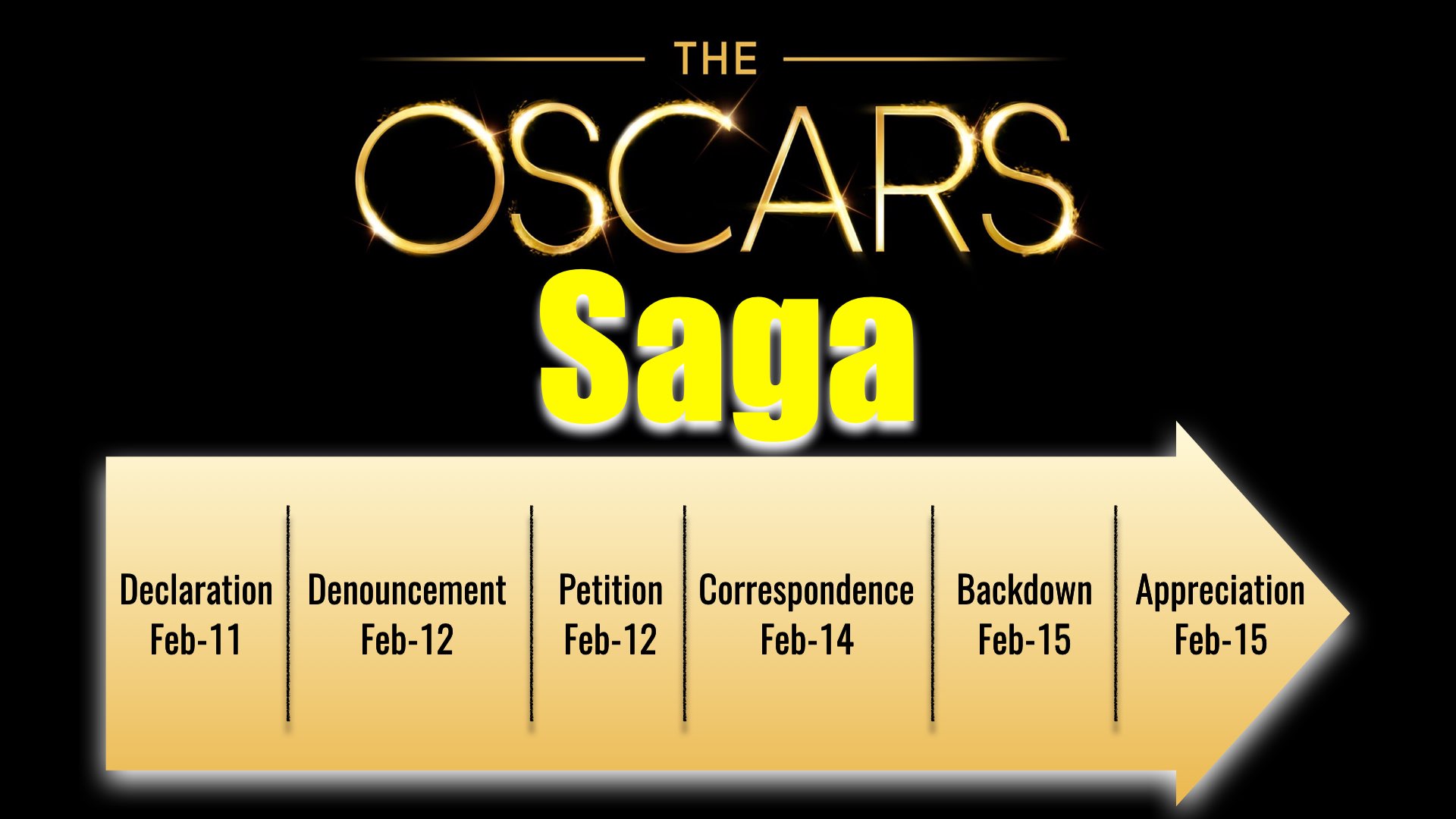
The Disney conspiracy hypothesis
Now, when the dust has settled, the big question remains: why eliminating those extremely important four categories from the broadcast!? Cinematography and editing are the major elements in filmmaking. Without those integrants we have nothing. The Academy initial decision was so absurd, that there were those who hinted a possible conspiracy theory, saying that the eliminated categories are the only four categories where a film from Disney isn’t nominated. Disney also owns and operates the ABC broadcast network, which broadcasts the Oscars, and thus (based on this theory) Disney pulled the strings making ABC choosing four “random” categories. Of course we don’t have any proof for that, and for now, it’s just a crazy hypothesis.
Anyway, this decision was a slap in the face to filmmakers all across the globe. Something to think about. Luckily, we have our sentinels: the ASC and the ACE.



